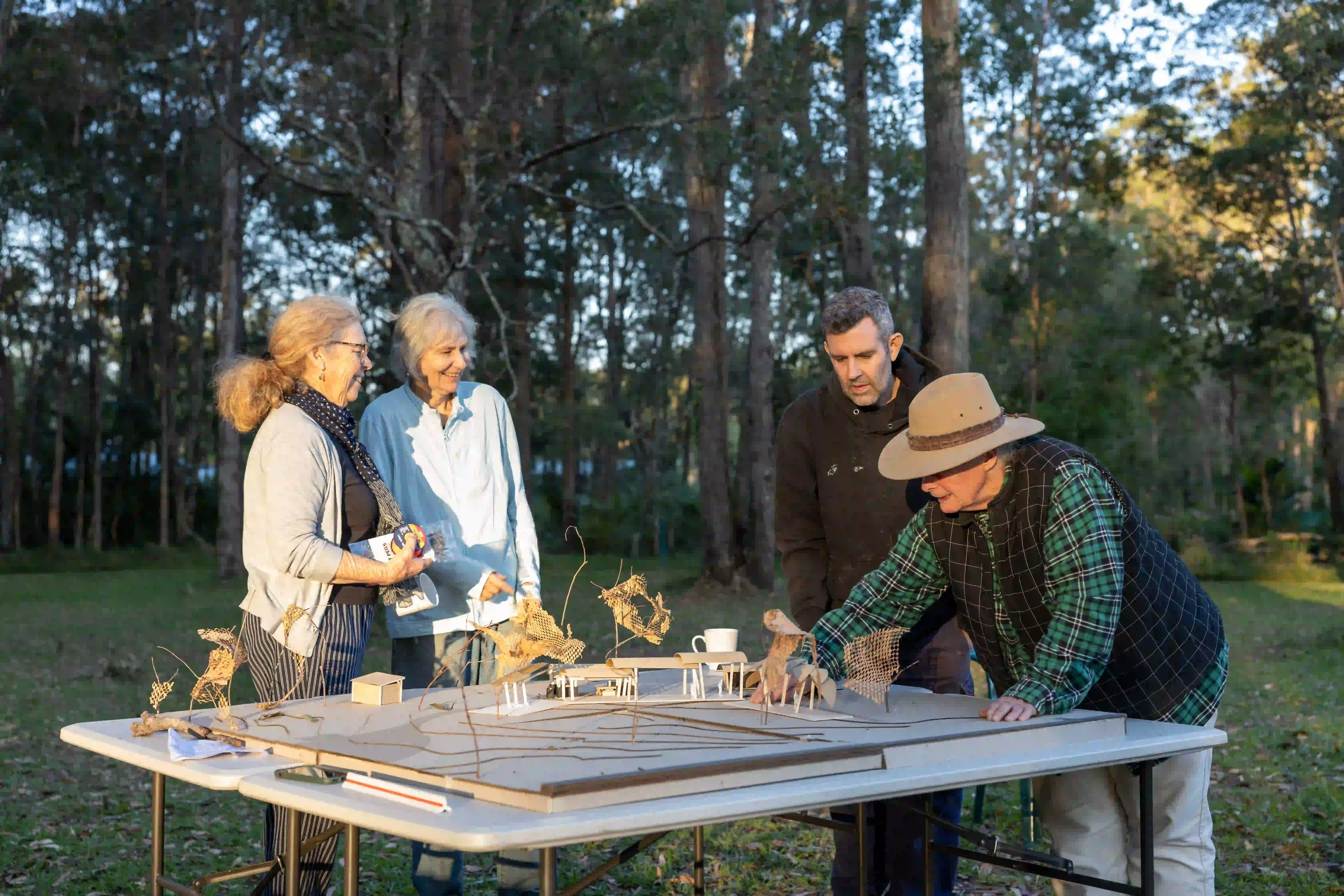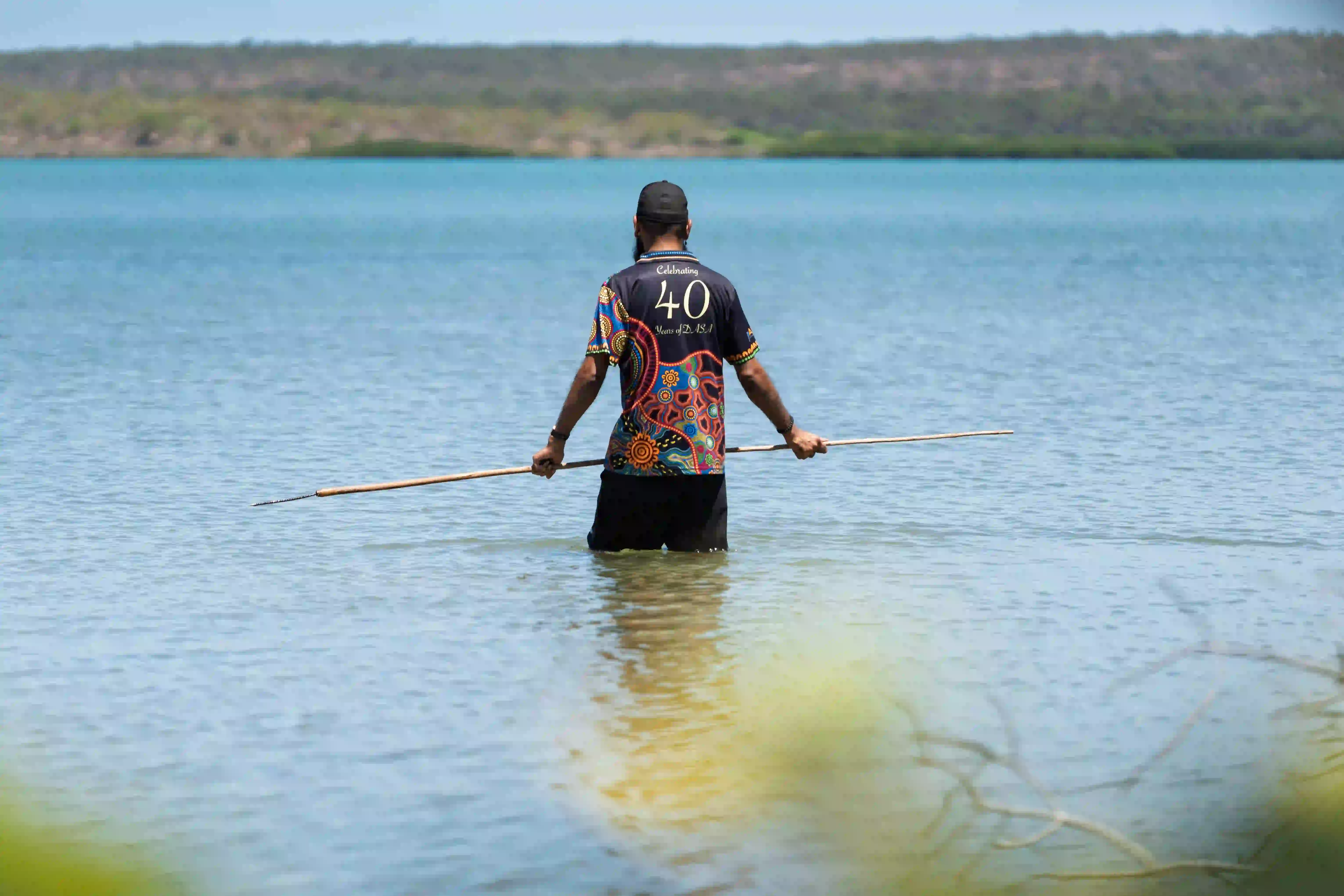Only 2% of global impact assets are held within Australia1, yet the Australian impact investment market has experienced more attention and growth over recent years thanks to, among other activities, the Social Impact Investing Taskforce’s work, the establishment of new peer networks, and more investors entering the market. The Australian market, however, lacks the range of investors to provide well-rounded and adequate choice required by For-Purpose Organisations. This is particularly true for impact funds led by those with ‘lived experience’ of the societal and environmental issues that impact funds seek to solve.
We believe that those with lived experience of societal and environmental challenges are best placed to disburse capital to the communities they serve. By empowering communities to hold their own capital, power dynamics can be redressed, and funds can flow to those who can create the greatest impact.
This is the basis behind Paul Ramsay Foundation’s (PRF) work in seeding and supporting the establishment of new ‘community-led’ fund managers. We define a community-led impact fund as an impact investment fund which is controlled and driven by those with deep knowledge and sector expertise gained through significant lived experience of the problems faced by a community – be that a community of interest, or a geographical community.
Community-led funds are typically financing intermediaries – organisations that receive (principally repayable) ‘wholesale capital’ from investors to on-invest. The already challenging economic model of making a financing intermediary impact fund stack up is heightened for those who fall outside of the ‘typical’ investor bubble.
In 2020, we embarked on our journey to support new community-led fund managers through our backing of First Australians Capital – an Indigenous-led organisation seeking to provide finance to underserved Indigenous businesses through a pilot fund. We have since made subsequent investments into new community-led fund managers.
The seeding of new community-led fund managers became a strategic impact investing priority of ours in 2023. Our practice has been supported by an independent evaluation into our partnership model (pictured below), which consists of a three-pronged approach consisting of both financial and non-financial support.

This paper explores the process, learnings and future considerations captured as part of our work to date.
While we are early in our journey, we are excited by these opportunities and the future. We hope that this paper stimulates discussion, and we look forward to working with others who share our belief.
________
1Global Impact Investing Network (2022). GIINsight: Sizing the Impact Investing Market 2022









